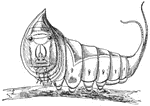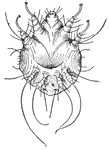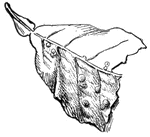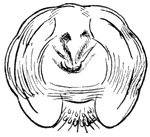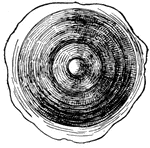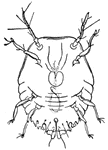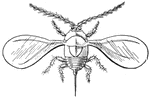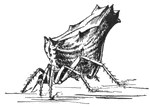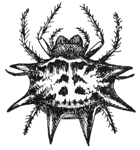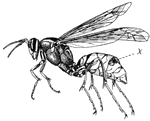Clipart tagged: ‘invertebrates’
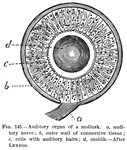
Auditory Organ
auditory organ of a mollusk. a, auditory nerve; b, outer wall of connective tissue; c, cells with auditory…

Horseshoe Crab
Horseshoe crabs represent an order called Xiphosura, from the fact that the end of the abdomen is furnished…
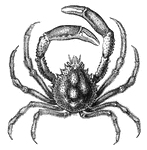
Spider-Crab
Crabs are ten-footed crustaceans. The abdomen is tucked out of site, so that nothing is visible except…
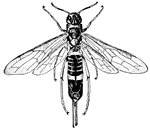
Ichneumon
This female parasitic wasp has a strong boring ovipositor for laying eggs in holes she drills in trees.
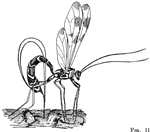
Ichneumon
This female parasitic wasp has a strong boring ovipositor for laying eggs in holes she drills in trees.

Lobster
Common lobster. I. first pair of legs; 2 and 3. second and third pairs of legs; 4 and 5. last two pair…

Wood Louse
Wood-lice are commonly found under stones or in crevices of old walls. When disturbed, they curl up…

Wood Louse
Wood-lice are commonly found under stones or in crevices of old walls. When disturbed, they curl up…







